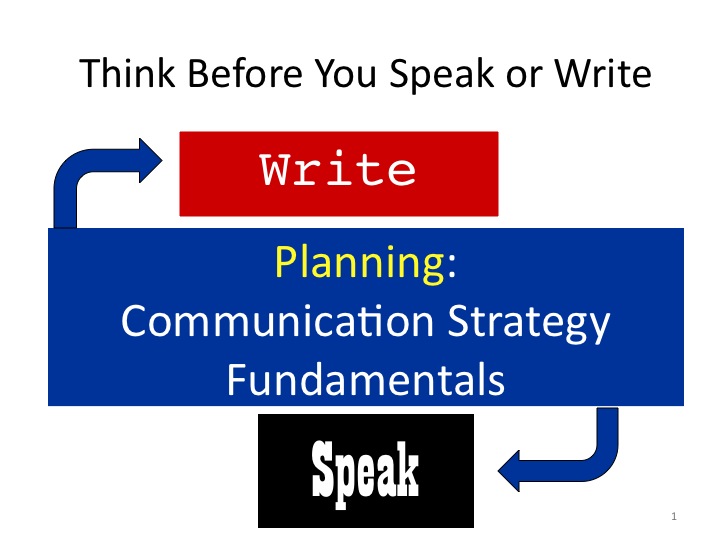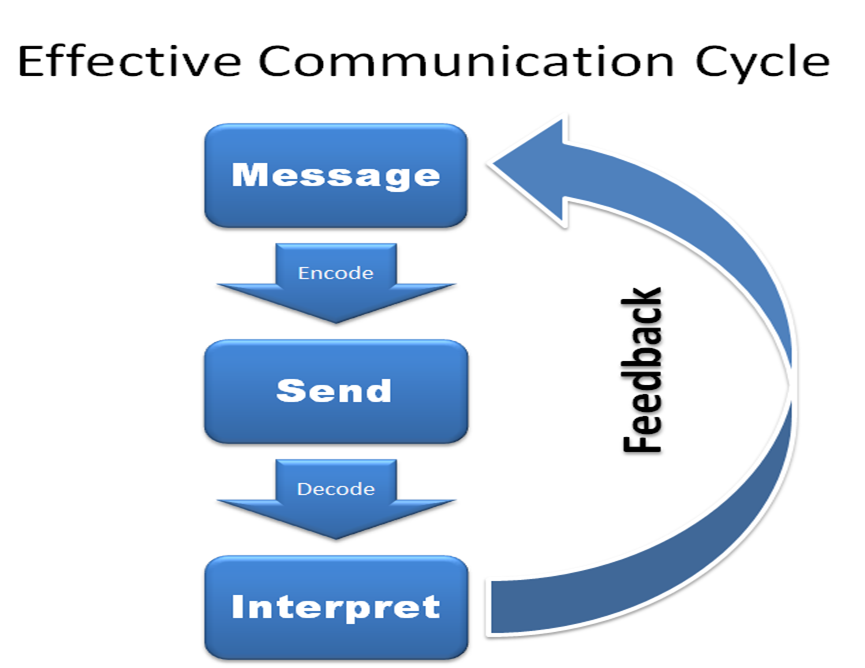Assignment 3 Task 2
The presentation that we have given was about Web based communication channels, this included what types of web based communications channels there are and how they can be used. The presentation was done by me and one of my classmates. We were also being reviewed by our other classmates while we were giving our presentation. In our presentation we had different communication channels such as: Blogs, Vlogs, Podcasts, Web Pages, Video Conferencing and we also gave examples of some of these in use.
Presentation Skills:
Content of the Presentation
I believe that I did cover everything, in my presentation I talked about what is a web based communication channel and the different types of web based communication channels. I had 1-2 slides for each type of communication channel that had to talk about, when I was going up to give my part of the presentation I was going to complete the first half of it then my classmate was going to complete the other half of it. In my feedback from our classmates even though I got a relatively good reception there was still a few paces I could have improved on.
For the points in the presentation it was laid out as:
1. Introduction
2. Title
3. Web based communication channel
4. Blogs
5. Vlogs
6. Podcasts
7. WebPages
8. Video Conferencing
9. End Title
For the command of material I was given a score of three, this score stated: reads small parts of material. Occasionally struggles to find words. In order for me to have gained a higher score in this I think that I could have rehearsed what I were going to say prior to me going up and giving out presentation. For my understanding in this presentation I also got a score of 3 and this stated A few topics or concepts were in accurately described, or omitted. I feel that if I was looking to improve the way this was presented I could have used less technical words. For the organization of my presentation I was given a score of 4, I believe this was given because I had short bullet points with images and I also had lots of examples that were used in this presentation. For the other parts of my presentation I was given a score of 3 and this stated, Acceptable. A few minor problems were noticed, I believe this was given because when I was giving the presentation the video and podcast that was included in the PowerPoint did not work, due to technical reasons and at the end of the presentation we did not ask for any questions at the end. I believe that if both the video and podcast was working the overall score for this would have been higher than the current one that we have, this would also have increased if we were going to ask for any questions.
This presentation was directed at the public who have an interest in using web based communication channels, I believe that the presentation was visually appealing as their was bright colors with multiple examples of different communication channels along with a screenshot of my classmates blogs. There was a video and a podcast that was included in this but it would not work due to technical difficulties. The presentation also had short bullet points, about each of the topics. This also included a description of each communication channel as well.
Platform Skills
I believe that my platform skills were appropriate for the type of presentation I talked about, which is web based communication channel and the different types of web based communication channels. I had 1-2 slides for each type of communication channel that had to talk about and interact with my audience, when I was going up to give my part of the presentation I was using slides notes that had been printed off, this would keep me on track about the topic that I would be talking about.
My platform skills throughput the presentation was satisfactory although I think it could have been improved. The rapport score that I was given was a 3, this stated “Some rapport established thru the use of humor, greeting, or other techniques, some audience involvement. I would agree with this score as I related some of the points I talked about to the audience. E.g. saying we all have used blogger. In order for me to improve my rapport I could have directly asked some of my classmates about the question. My voice quality was given a score of 3 also and this stated “Adequate pace and volume. Speaks fairly clearly, but lacks sufficient variations in vocal intonation for emphasis. I would agree with this as I did talk clearly at an appropriate level of tone, although sometimes I stopped when I was talking and I talked over the same thing as well. In order to improve my voice quality I should steady my self and use short bullet points for guidance when presenting my presentation.
In my presentation for my eye contact I was given a score of 3. This states “Moderate eye contact, either faces audience but refers to notes or slides occasionally, or turns body sometimes at screen. I believe that the score that was given is reasonable, as I did have to look at the notes that I had, but this was due to me gathering more information about the topic I was talking about. I could improve by rehearsing what I was going to say and I could have had prompt cards to let me know what topic I was talking about. For my body language I was given a score of 2, this states “Somewhere between distracting and neutral body language”. I would disagree with this score as I used hand actions and I walked back and fourth from the screen, although it was not perfect I feel that I could have improved this by interacting with my audience more.
I thought that my tone of voice was at a reasonable tone and I also spoke clearly, this allowed me to interact with the audience a lot better than talking too loud and stuttering. If I was to do this then it could lead to the audience becoming confused at what I was talking about. The eye contact I used was satisfactory, I looked around the audience when I related a topic to them and I also looked at them when talking about the topic as well. My body language was also used in this as I used to hand actions to show what examples I have chosen for a web based communication channel, etc.
When I was giving the presentation with my classmate we decide the best way to keep our audience’s attention was for each of us to do half of the slides. I agreed with him that I would complete the first half and that he would complete the second half. We chose this as it would keep the audiences attention when a different person was talking about a different topic.
I believe that the ways I could improve for my content skills I could rehearsed what I were going to say prior to me going up and giving out presentation, when I was presenting the presentation I could have used less technical words and I could have also asked the audience for any questions at the end of the presentation. In the presentation there was a video and podcast that was scheduled to work but this did not work as there was technical difficulties to reduce the chances of this happening again I could check that this is working prior to the presentation being presented.
For my platform skills in order to improve these I could have I could have directly asked some of my classmates about the question, I also should steady my self and use short bullet points for guidance when presenting my presentation. I also could have rehearsed what I was going to say and I could have had prompt cards to let me know what topic I was talking about, finally I could have interacted with my audience more. E.g. asked audience questions, etc.
When was giving my presentation I used around 1-2 questioning techniques, this included me relating the audience to a topic. E.g. Blogger, I asked we all have used Blogger in our Tutorial class. I also asked them directly about using Skype, YouTube, etc. E.g. I go onto YouTube, do you go onto YouTube. I could have included a few more questioning techniques; this could include me asking them a question about this topic. E.g. what is your favorite web based communication channel?
Teamwork Skills
When we were presenting out presentation we worked well together as we had printed out notes for ourselves about what each slide that we were going to compete, this included my presenting the first half of the presentation and then my other classmate presenting the other half of the presentation. Before we had went up we decided what slides we were going to do as well as having notes ready prior to going up as well. When one of use were presenting our half of the presentation then the other classmate was going to click on the slides, this would advance us from topic to topic, vice versa. This allowed our presentation to be carried out smoothly and accurately with getting the slides jumbled up together.





























